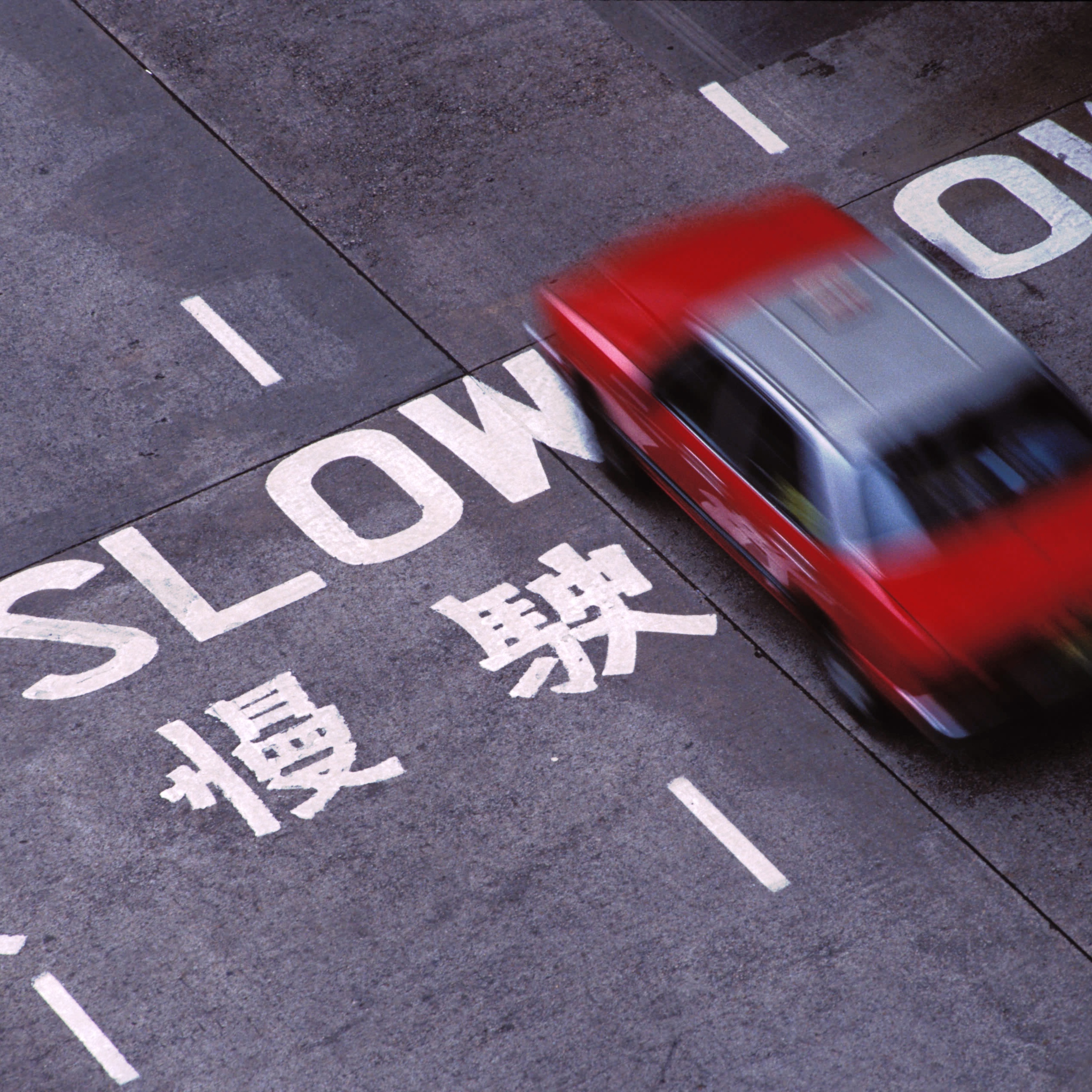Banking, finance, and taxes
S&P Cuts Credit Rating on China and Several of Country's Top Banks

Published:
Last Updated:

Standard & Poor’s Global ratings announced Thursday morning that it has lowered its long-term rating on China’s sovereign debt from AA− to A+ with a stable long-term rating. The ratings agency also lowered its transfer and convertibility risk assessment from AA− to A+.
S&P also cut its ratings on several of China’s banks, including the world’s third-largest bank, the Agricultural Development Bank of China (ADBC).
Strong credit growth in the country has increased China’s economic and financial risks. Credit growth has driven the country’s strong GDP growth but, S&P says, “[W]e believe that it has also diminished financial stability to some extent.”
Behind that diminishment has been the government’s unwillingness to let unsuccessful businesses fail, especially state-owned enterprises (SOEs). S&P notes that the government recently has changed its stance and appears more willing to allow SOEs leave the market either through mergers, closures or defaults.
S&P also said it expects Chinese economic growth of 5.8% or more annually through 2020. The agency said it also expects credit growth to rise faster than nominal GDP “over much of this period.”
The lowered rating on China’s sovereign debt also hit several of the country’s financial institutions. In addition to ADBC, two other state policy banks, China Development Bank and the Export-Import Bank of China, have their ratings tied to the sovereign and all three received the same downgrade as the sovereign.
Three other China-based banks — DBS Bank, Hang Seng Bank and HSBC Bank — were also downgraded because “these banks … are unlikely to withstand the stress associated with China’s sovereign default, and therefore unlikely to be rated above the sovereign.”
S&P offered its rationale:
The ratings on China reflect our view of the government’s reform agenda, growth prospects, and strong external metrics. On the other hand, we weigh these strengths against certain credit factors that are weaker than what is typical for similarly rated peers. For example, China has lower average income, less transparency, and a more restricted flow of information.
S&P expects per capita GDP to rise from $8,300 currently to $10,000 by 2020 and believes the government is making progress in its efforts to boost economic and fiscal resilience:
We view the government’s anti-corruption campaign as a significant move to improve governance at state agencies, local governments, and state-owned enterprises (SOEs). Over time, this could translate into greater confidence in the rule of law, improvements in the private-sector business environment, more efficient resource allocation, and a stronger social contract. The government continues to make significant reforms to its budgetary framework and the financial sector. These changes could yield long-term benefits for China’s economic development.
Start by taking a quick retirement quiz from SmartAsset that will match you with up to 3 financial advisors that serve your area and beyond in 5 minutes, or less.
Each advisor has been vetted by SmartAsset and is held to a fiduciary standard to act in your best interests.
Here’s how it works:
1. Answer SmartAsset advisor match quiz
2. Review your pre-screened matches at your leisure. Check out the advisors’ profiles.
3. Speak with advisors at no cost to you. Have an introductory call on the phone or introduction in person and choose whom to work with in the future
Thank you for reading! Have some feedback for us?
Contact the 24/7 Wall St. editorial team.